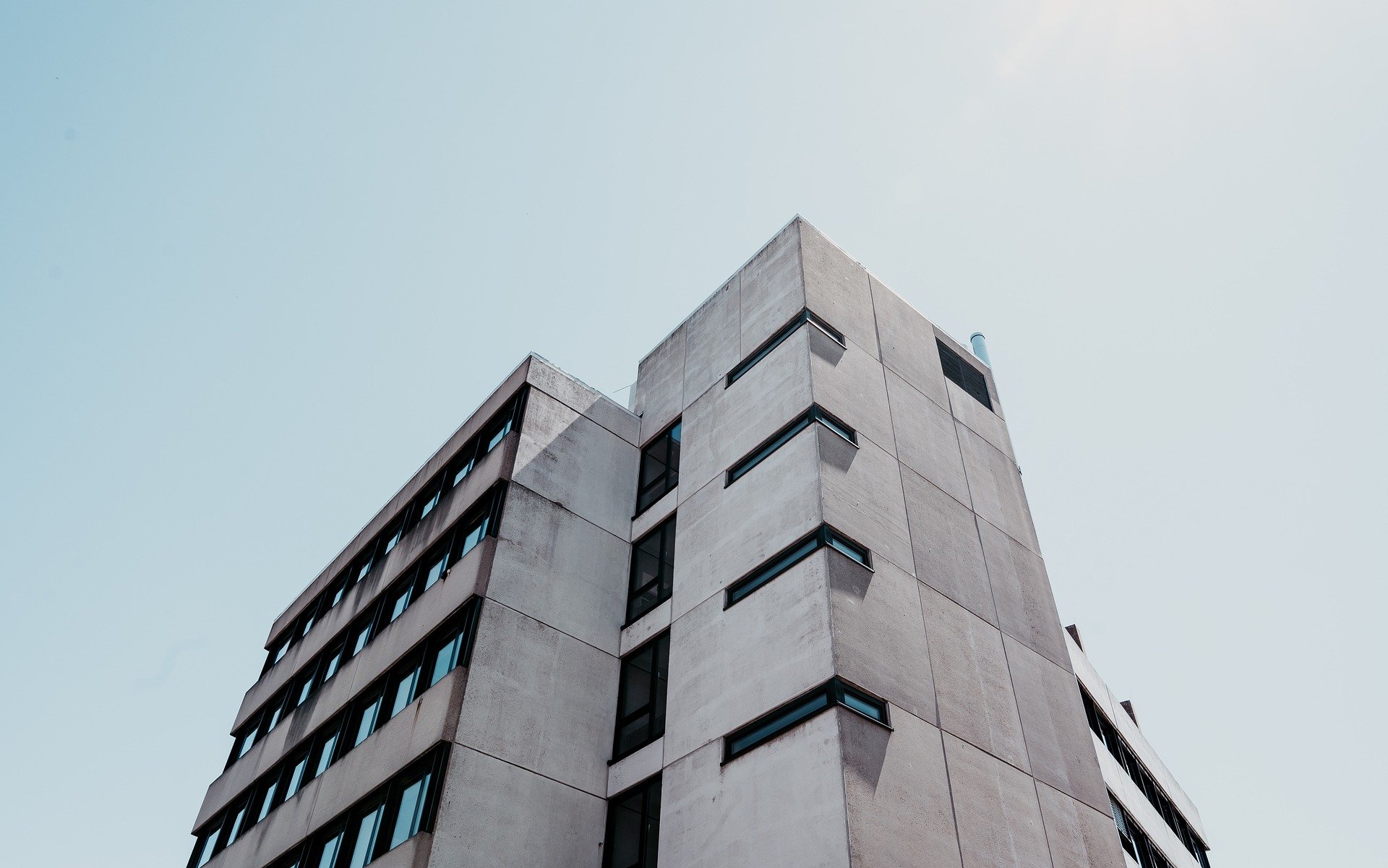Arches Trend Column Vol.2 “Self-healing Concrete”
Others

Summary
- When the global demographic aging accelerates, the application of self-healing concrete technology is expected to prolong the service life and reduce the maintenance cost of construction to meet this growing population.
- Self-healing concrete, in terms of biological building material, is expected to not only lower maintenance costs after completion but also usher in a new era where there will be no need for waterproofing work during construction.
- However, self-healing concrete has a relatively recent development. So it has yet to gain a wide range of trust from the public. Besides, the method for quantitatively verifying the effectiveness of the repair process is still in its infancy.
Content
Self-healing concrete, as it is commonly known, is a building material that can repair itself even when it develops cracks.
The development of new concrete constructions that self-heal cracks has become remarkably noticed in recent years.
That is because consequences when such cracks can lead to rapid performance degradation by providing a route for factors that cause the corrosion of steel materials.
When the global demographic aging accelerates, it becomes increasingly urgent to focus on the development and implementation of new technologies that extend the service life of concrete structures in order to meet this growing population.
This is crucial in order to alleviate the cost of medium- and long-term maintenance and management, which is become increasingly challenging in terms of both manpower and finances.
Concrete is a composite material with exceptional compressive strength, made up of crushed stones bound together by the hydration products resulting from the reaction between cement and water.
However, it has low tensile strength, and even with reinforcement from embedded steel, it is susceptible to shrinkage cracking caused by drying and various other factors.
These cracks can become channels for harmful substances that cause corrosion of steel, leading to a rapid decline in performance.
Concrete structures that are frequently exposed to groundwater (like tunnels) have been prone to steel deterioration due to leakage. However, with the emergence of “self-healing” concrete technology, there is hope for significantly reducing maintenance and management costs.
But, how does the “self-healing” mechanism work?
In 2006, Jonckers – a microbiologist, began conducting experiments on the feasibility of developing self-healing concrete using bacteria, after a concrete engineer posed the question to him.
He had spent 3 years conducting experiments with Bacillus subtilis, a bacterium that thrives in alkaline conditions and produces spores that can survive for decades in a dormant state without food or oxygen. And then, Jonckers discovered that it could be used in self-healing concrete.
When cracks or other issues occur, the dormant Bacillus bacteria are activated by the water and oxygen that permeates through the cracks. The bacteria germinate and multiply using lactic acid as a food source, which produces calcium carbonate – a combination of calcium and carbonate ions – that fills the cracks and provides a self-healing mechanism.
This innovative concrete as a biological building material has the potential to not only decrease maintenance costs after the completion of construction but also enhance the long-term dependability of concrete structures.
Moreover, it is anticipated to gate a period where waterproofing work during construction would be unnecessary.
However, despite its potential, the development of self-healing concrete has yet to gain public trust.
This is partly because of its relatively recent development. Hence, it would take a long period to see whether it can demonstrate sufficient self-healing effects against cracks after its construction.
Additionally, there is still ongoing research to establish a quantitative method for verifying the effectiveness of the repair process.
Can this “self-healing” function consistently repair cracks over and over again?
The clear answer to this is still ambiguous.
Because eventually, the development and widespread use of these innovative concrete structures can last for several hundred years and still have a long way to go.
If you have any inquiries regarding this topic: https://arches-global.com/contact/
